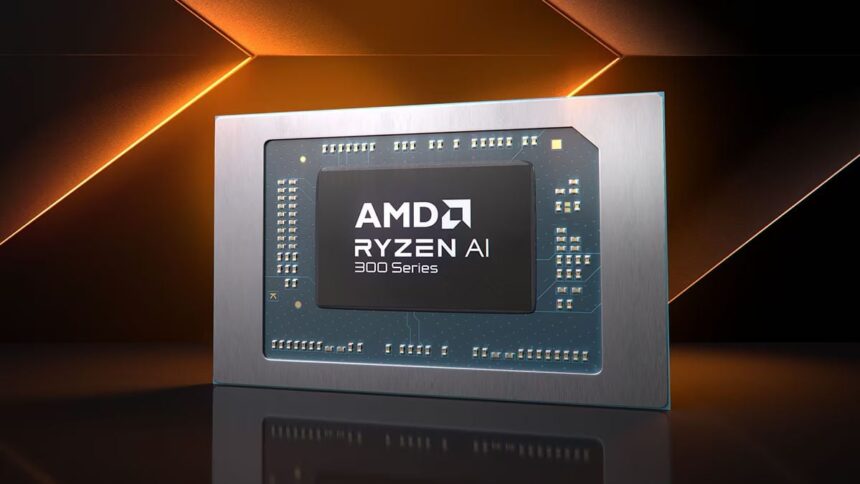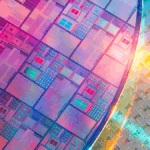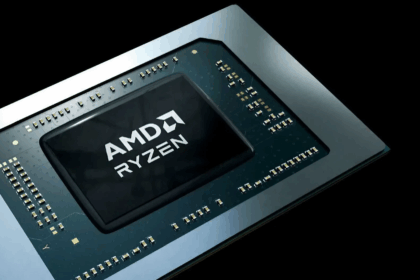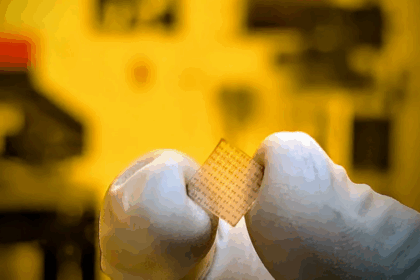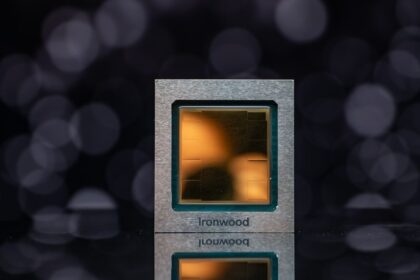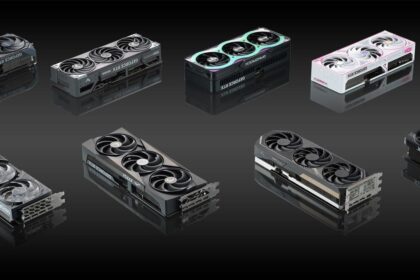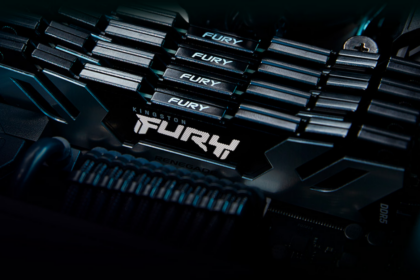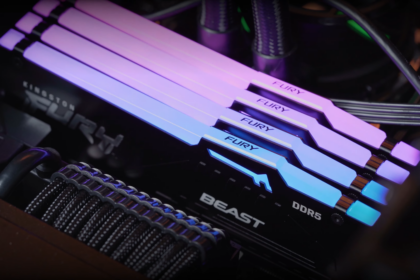AMD has released new benchmark data highlighting the AI processing capabilities of its latest mobile processors, claiming significant performance advantages over Intel’s competing solutions. The comparison focuses on Large Language Model (LLM) performance, an increasingly important metric in the era of AI-powered computing.
Performance Metrics and Comparisons
According to benchmarks published on AMD’s official blog, the Ryzen AI 9 HX 375 demonstrates notable advantages over Intel’s Core Ultra 7 258V in several key areas:
LLM Processing Speed
- The Ryzen processor achieves up to 50.7 tokens per second (tk/s)
- This represents a 27% performance advantage over the Intel competitor
- Tokens per second measure the processor’s ability to generate text output, effectively indicating how quickly the AI can process and respond
Response Latency
- AMD’s solution shows 3.5x lower latency in the first token presentation
- This metric is crucial for real-world applications, as it determines how quickly the system can begin responding to user queries
Integrated Graphics Performance
- Tests utilizing the integrated GPU show AMD holding a 13.1% advantage
- This performance gain comes from the combination of RDNA 3.5 architecture and AI acceleration capabilities
Technical Specifications Comparison
AMD Ryzen AI 9 HX 375:
- 12 cores and 24 threads
- 24 MB of L3 cache
- Maximum TDP of 54W
- DDR5-7500 memory support
- Features Zen 5 architecture and XDNA 2 NPU
- Integrated RDNA 3.5 graphics
Intel Core Ultra 7 258V:
- 8 cores and 8 threads
- 12 MB of L3 cache
- Maximum TDP of 37W
- DDR5-8533 memory support
AMD achieves these performance advantages despite using slower memory specifications (DDR5-7500 vs. Intel’s DDR5-8533), which makes the results particularly noteworthy. However, several important caveats should be considered:
- These benchmarks come directly from AMD and have not been independently verified
- Previous discrepancies between manufacturer benchmarks and real-world performance (as seen with the Ryzen 9000 series) suggest waiting for independent testing
- The different TDP ratings (54W vs. 37W) indicate different power/performance targets between the processors.
The competition between AMD and Intel in mobile AI processing capabilities continues to drive innovation in the laptop market, with both companies pushing for better performance in AI workloads. Independent reviews will be crucial in validating these performance claims and understanding real-world implications for users.

